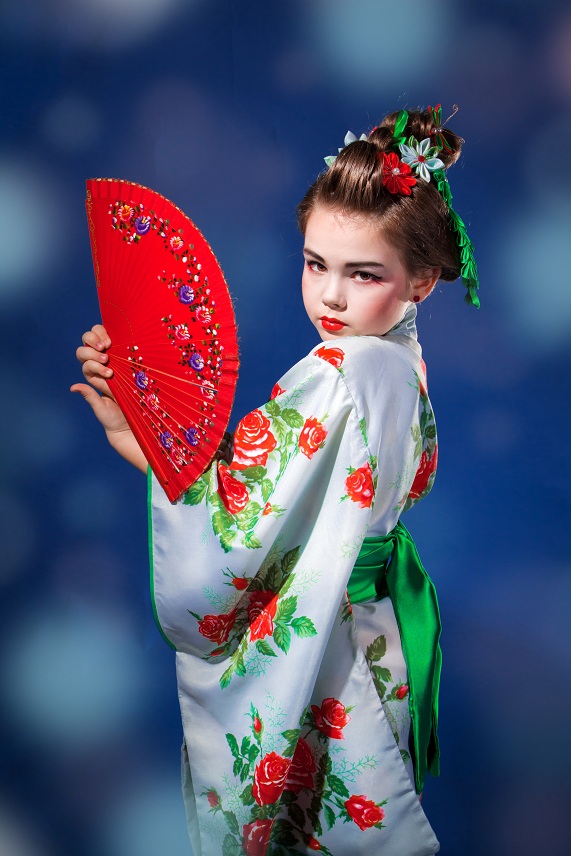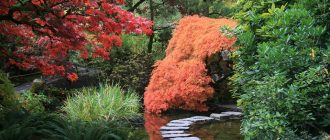Find out about the long history behind the traditional Japanese kimono and the important position that it still holds today in Japan.
The Kimono is a highly revered traditional dress of ancient Japanese culture. It is a special handmade item that is held in high esteem by the people of Japan and is worn on special occasions.
This traditional piece of garment first evolved in the Korean and Chinese cultures who laid the foundation for the techniques of dying and weaving used for the making of the kimono. With the passage of time the kimono has become the identity forming attire of Japan.
The traditional kimono is constructed using a variety of fabrics. Weaves and patterns constitute this ancient dress and both men and women can be seen wearing the kimono. Even the colours on the kimono have their own innate symbolism and reservations for particular occasions.
The basic construction of the kimono is upon four strips of fabric. Two of these patterns are used to make the panels that cover the body. The other two panels make up the sleeves. The collar and front panel require another two strips.
The kimono comes in both casual and formal varieties. Those featuring woven patterns are considered to be the informal ones whereas the more formal ones feature exquisite designs and patterns. Since the kimono is a kind of dress that consists of layers the play of colour has a very prominent effect. Each layer of clothing is of a distinct colour.
This unique style of the kimono adds a lot of contrast to the attire and makes it a very eye catching garment. In modern times the kimono has received certain modifications. There has been an attempt to make the wearing of the kimono simpler by keeping it as a single layer with a slip underneath it.
The formal kimonos along with the obi belts that are used to hold it in place are made from fine silk. This is one of the reasons not everyone can afford a kimono. Rather the formal kimono is only owned by the elite class of society who can afford such luxury.
Rayon, polyester, cotton and other synthetic fabrics are used to construct kimonos today. The wedding kimono is however still made from the finest of silks.
The style of the traditional kimono changes with the season. Each season has its own distinct colours and materials that make up the style. You will find the spring time kimono featuring bright colours whereas the darker colours are reserved for the fall season. Kimonos of earthly colours featuring patterns of woods and trees are used in the winter season.
The different styled kimonos are worn by people for different reasons. You will find the older women in Japan to wear the single layered kimono. Weddings and funerals have their own style of kimonos which is usually all black with the exception of the tie which has to be white for a wedding and black for a funeral.
This traditional garment is still taken as a symbol of the country and you will often find the kimono to be featured on a travel and tourism brochure about Japan.





